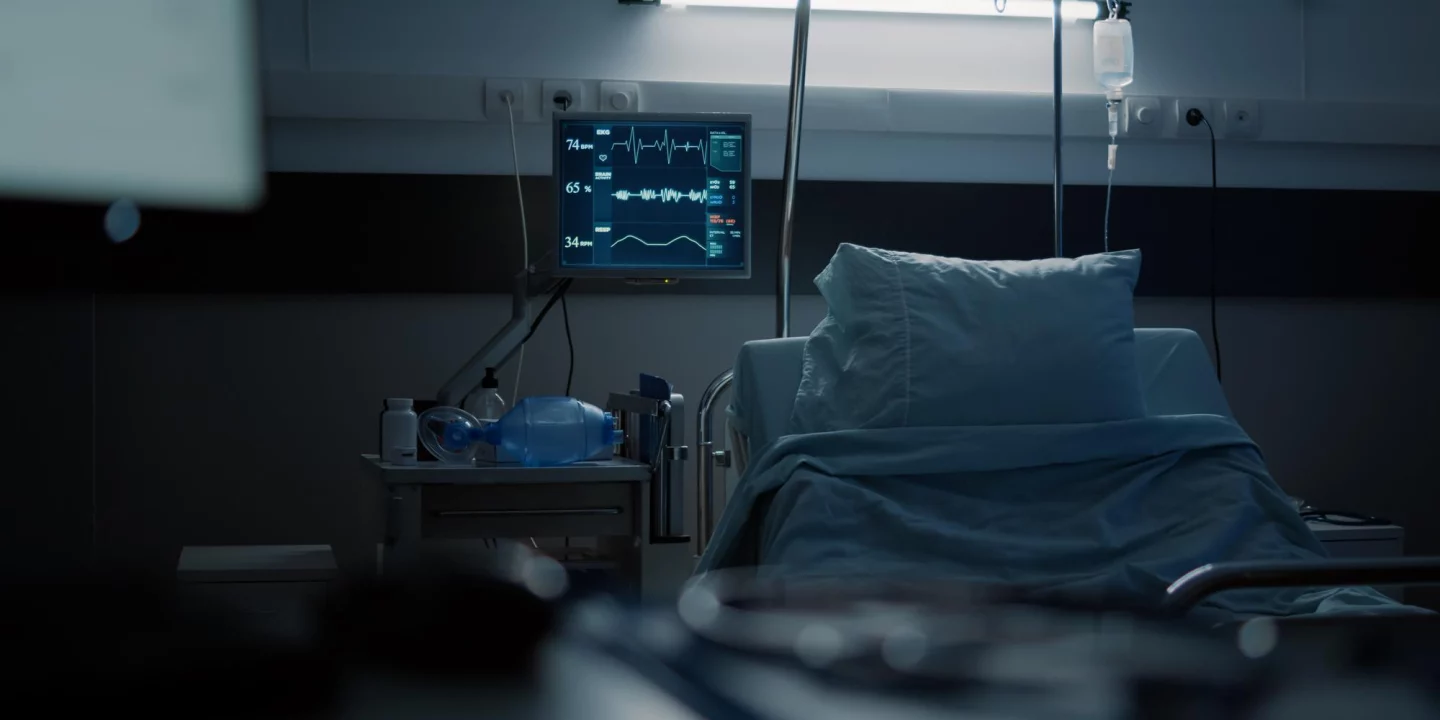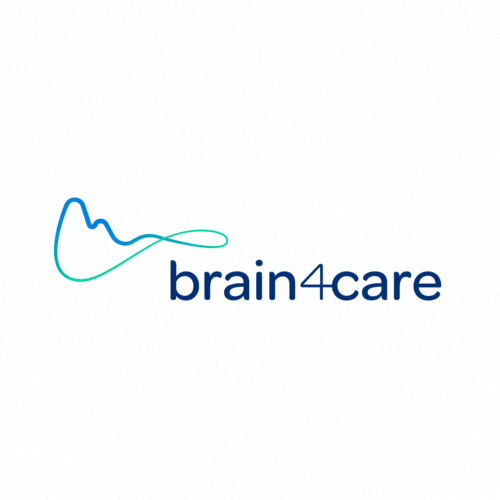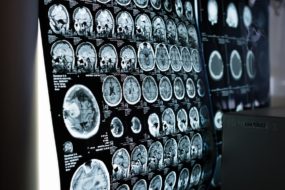
Validated for non-invasive monitoring of intracranial pressure pulse morphology, the brain4care device enabled a thorough and precise analysis of the relationship between brain and cardiovascular health indicators
A study published in the journal Frontiers in Cardiovascular Medicine provides a new perspective on the impact of essential hypertension on brain health. Researchers found that patients with hypertension are at risk of developing intracranial hypertension due to elevated markers, such as P2/P1 ratio and Time to Peak (TTP), even when taking medication to control their blood pressure. These findings pave the way for new research and treatment approaches.
The study, titled “Intracranial Pressure Waveform in Patients with Essential Hypertension” and n the journal Hypertension in March 2021, was conducted over seven months, from November 2022 to May 2023, at the Center for Research on Cardiometabolic Diseases of the Hypertension Unit at the Federal University of Goiás (UFG). It involved adults diagnosed with long-term essential hypertension and utilized brain4care technology to non-invasively monitor intracranial pressure and compliance variations.
Initially, the results described in the paper caught the researchers’ attention by showing that rats with arterial hypertension had increased intracranial pressure (ICP) with altered pulse morphology. “The discovery broke paradigms previously known by the scientific community”, commented cardiologist Dr. Weimar Sebba Barroso during the 8th Edition of the brain4care Scientific Panel.
Until then, the understanding was that cerebral autoregulation existed and that increased blood pressure would not lead to increased intracranial pressure, or that this could happen later.
Dr. Weimar Sebba Barroso
Following this discovery, a collaborative effort involving professionals from various medical specialties began to evaluate different scenarios of arterial hypertension and possible vascular brain damage. According to the doctors involved in the study, these evaluations suggest that cerebral autoregulation and the blood-brain barrier may not be as effective as previously believed, potentially leading to central nervous system damage at earlier stages than previously imagined.
“The research pointed out data that really deviated significantly from the standard”, explained co-author and neurologist Dr. Polyana Vulcano de Toledo Piza during the same edition of the Scientific Panel.
We realized that the blood-brain barrier was not functioning properly, and thus, long-term controlled hypertensive patients were suffering from something that was invisible to us. This discovery indicated that we were missing something.
Dr. Polyana Vulcano de Toledo Piza
The measurements
The study aimed to evaluate the behavior of the ICP pulse morphology non-invasively in patients with essential hypertension. Participants underwent anamnesis and routine physical examination. The doctors also documented the clinical disease history, duration, and use of antihypertensive medications.
Blood pressure was measured according to the methodology recommended by the Brazilian Hypertension Guidelines, using an automatic oscillometric device (Omron HBP-1100). After 5 minutes of rest, three consecutive measurements were taken, and the average of the last two measurements was recorded.
Non-invasive ICP assessment was performed using brain4care technology in a comfortable and quiet environment, with the patient lying down and monitored for 7 minutes. The first and last minutes were discarded. For the study, intracranial hypertension was defined using the brain4care technology with a P2/P1 ratio cut-off point ≥1.2 and a Time to Peak (TTP) cut-off point ≥0.25 seconds. P2/P1 values of 1.0–1.19 and TTP values of 0.20 to 0.24 seconds were considered a grey zone, indicating abnormal intracranial compliance but not intracranial hypertension..
The results
By capturing nanometric displacements of the skull bone and processing these data through software capable of analyzing and interpreting these micro-oscillations, brain4care technology can generate a report that reveals the intracranial pulse waveform with two distinct peaks: P1 and P2. These peaks indicate arterial pulsation (P1) and the reverberation of cerebral arterial blood flow, reflecting intracranial compliance (P2), providing a thorough and precise analysis of ICP.
The study included 391 participants. Normal ICP was found in 21.7% of patients, 32.7% showed some disorder related to intracranial compliance variations, and 45.6% had intracranial hypertension. Additionally, women showed a higher prevalence of intracranial hypertension at 50.3%. The results suggest that maintaining ideal levels of systolic and diastolic blood pressure can reduce stress on blood vessels, thereby minimizing the risk of blood-brain barrier rupture.
The study not only supports the hypothesis of a relationship between arterial hypertension and cerebrovascular disorders but also challenges the theory of the effectiveness of cerebral autoregulation in hypertensive patients. “Our findings also raise questions about the accepted concept of the capacity and effectiveness of cerebral autoregulation and vascular barriers to protect the brain in the context of blood pressure elevations”, the authors state in the published article. “This understanding may lead to a potential therapeutic pathway for hypertension-related brain complications.”
Besides contributing to the understanding of the pathophysiology of hypertension-induced brain damage, the study opens avenues for researching new therapeutic strategies. It also highlights the need for careful ICP assessment in long-term hypertensive patients, indicating a potential paradigm shift in the clinical approach to these cases.
With precision medicine on the rise, the ability to collect data on intracranial pressure, peripheral and central blood pressure non-invasively offers the opportunity to optimize treatment, focusing on specific goals for each patient. This can be particularly relevant for those who have difficulty controlling blood pressure.
Dra. Polyana Vulcano de Toledo Piza
The technology
Regarding brain4care technology, cardiologist Dr. Weimar Sebba Barroso highlights that the non-invasive and practical monitoring provided by the method, performed in just a few minutes, can be easily incorporated into the routine of health services, allowing a more comprehensive evaluation of hypertensive patients. “This approach offers an additional advantage, enabling early identification of patients with intracranial pressure changes, which in turn opens the door to more effective prevention strategies”, he says.
Dr. Polyana reinforces this reasoning: “Early detection of central nervous system repercussions can lead to more specific and effective treatment strategies, preventing the worsening of patients’ health conditions”, she says. “The relevance of the data collected through monitoring with the brain4care method allows the medical team to access valuable information about patients’ health in advance”, she adds.
Researchers involved in the study included Matheus Martins da Costa, Ana Luiza Lima Sousa, Mikaelle Costa Correia, Sayuri Inuzuka, Thiago Oliveira Costa, Priscila Valverde O. Vitorino, Polyana Vulcano de Toledo Piza, Gustavo Frigieri, Antonio Coca, and Weimar Kunz Sebba Barroso. The article can be accessed here.





